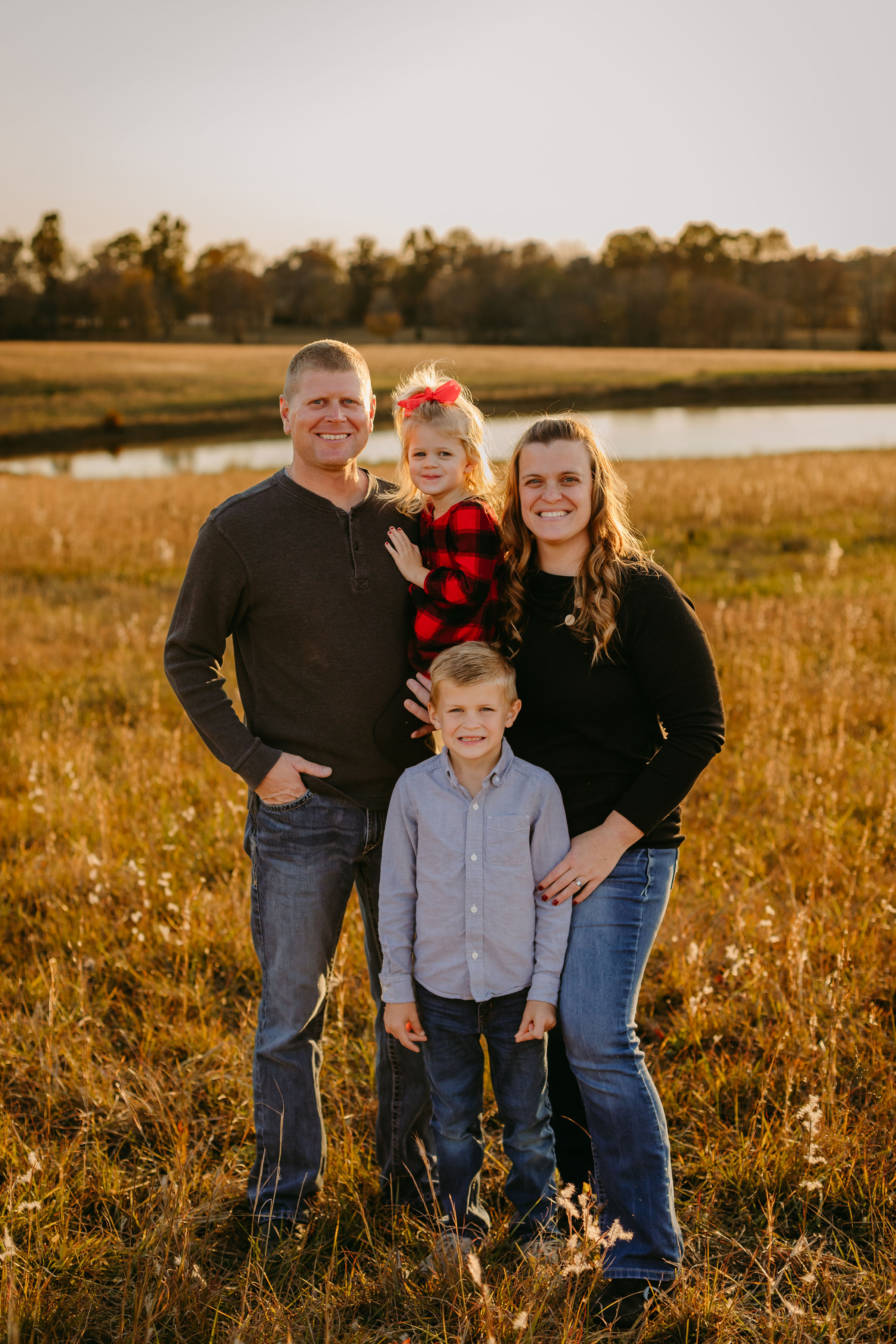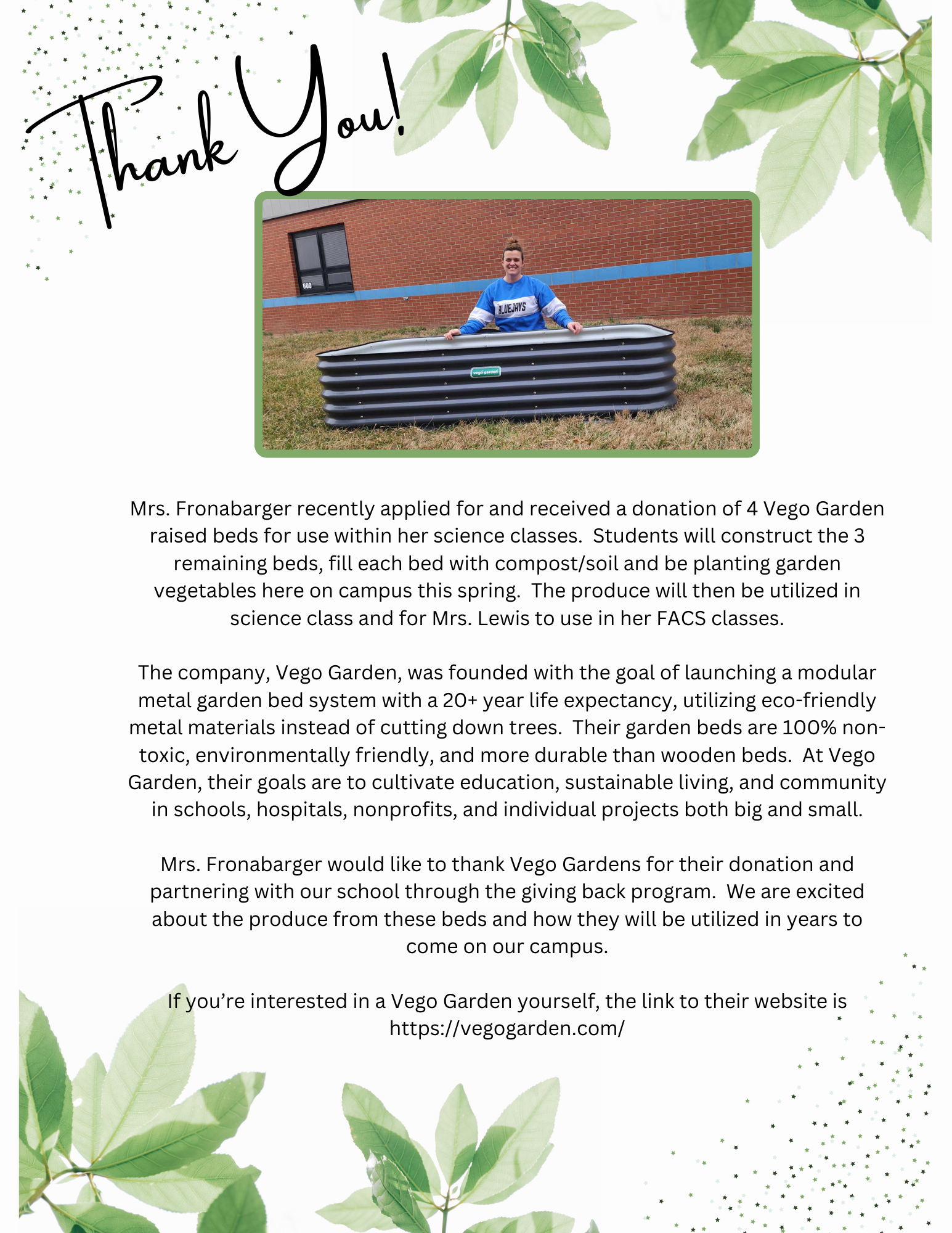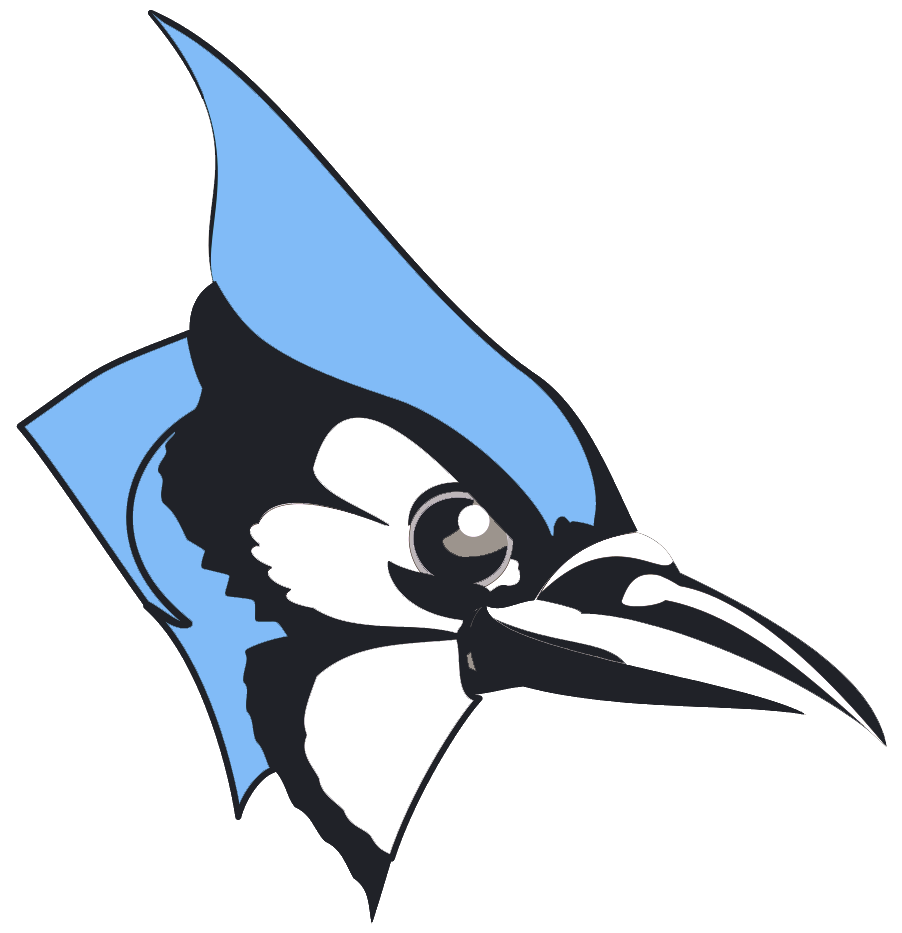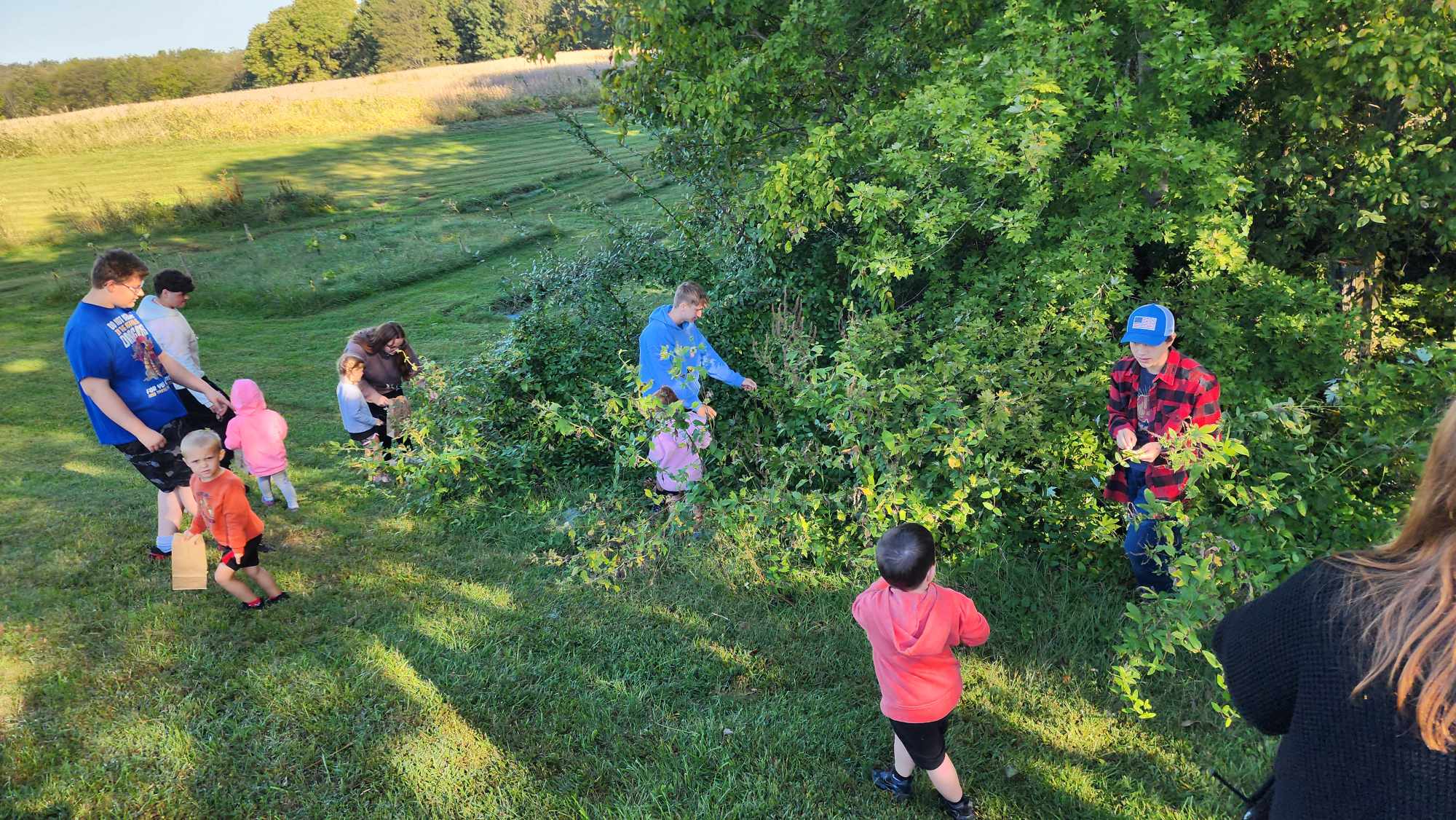
Jessica Fronabarger
Oak Ridge R-6
Middle School Science Teacher
573-266-3218, Ext 509
Welcome! For those of you who don’t know me, my name is Jessica (Seyer) Fronabarger. I was born and raised in Oak Ridge, and a proud BlueJay graduate (class of 2007).
I am entering my 10th year at Oak Ridge R-6 School District. This is my fourth year as the middle school science teacher, here at my alma mater school. I enjoy the small class size, our students and the faculty/staff.
I love my family and everything outdoors. We enjoy gardening, camping and working in the woods. My husband and I have two kiddos, one in elementary and the other in preschool.
Check out the page for all things middle school science and what we have been exploring.
7th Grade Life Science
Life science is the study of living things. This includes microscopic organisms, humans, plants and animals.
Students began the year learning parts of a microscope. They used that knowledge to learn about microscopic organisms and parts.
As we studied chlorophyll, students had a chance to extract various pigments from leaves. Each student constructed and tested their hypothesis.
Students in the 7th grade life science class created analogies to go along with either a chosen plant or animal cell. In addition to a model, students had to write a report explaining how each organelle analogy worked.
Edible activities are always a hit! Students used various candies to create a DNA strand. Each different candy/item served as an analogy to our own DNA strand structure.
This activity is always fun when explaining the purpose of the opposable thumb. Students were surprised to learn that some tasks are easier to complete without the use of thumbs.
Students observed the process of osmosis by studying the effects of saltwater on an onion skin. They were able to see the cell membrane pull away from the cell wall in response to the addition of salt and the reverse effect when it was hydrated.
The life science classes took to seed dissection. They identified the three main parts of a seed and the significance of each part.
8th Grade Earth Science
Earth science is the study of Earth's structure and processes. This includes geology, hydrology and the atmosphere.
Students took to the field, gathering data regarding local watersheds and Byrd Creek.
The eighth grade class took a hand at cleaning up pollution. Students were given "pollution", which represented that of larger types, polluted the waters, and then as a group, decided on three "tools" to clean their polluted water. This gave students a chance to understand how any small amount of pollution has a large impact on waters. In addition, we discussed tool efficiency on each type of pollutant.
In understanding topography maps, the eighth graders drew their own view of a hill/mountain. Then, they constructed the structure using cardboard cutouts.
Students explored the rock cycle through starburst candies. They had to show each process in the rock cycle including sedimentary, metamorphic and igneous rocks.
Students worked in small groups to construct a seismograph. Each group then mimicked shaking from an earthquake (by shaking the table). After each quake, proper waves were recorded on the seismogram.
To complete the unit on volcanoes, students constructed and presented information on famous volcanoes.
9th Grade Physical Science
Physical science is the study of nonliving materials. This includes the applications of chemistry, including properties of matter, states of matter, atomic structure, the periodic table, chemical bonds and chemical reactions. In addition, students will explore physics, which is the study of motion and forces, electricity, magnetism and energy.
Physical Science students utilized common lab tools and helped associate themselves to the lab with various small experiments/measurements.
Students researched and designed their own natural weed killer. The experiment was conducted and surprising results were made. This offered a great opportunity at understanding the scientific method and experimental variables.
The physical science class correlated mass to speed and acceleration in a Hot Wheels test.
Students applied their knowledge of electricity and circuits to construct a haunted house with working lights/features.
Alternative energy is a big topic in today's society. The physical science classes experimented with designing a wind powered car.
To better understand the states of matter, and put knowledge to test, the physical science students made Oobleck. They performed various tests to determine whether it truly was a solid or a liquid.
Students tested various liquids and their viscosity.
Students made root beer floats to determine the conservation of mass before and after changes.
Assignments are always better with food! The physical science classes used smarties as electrons to create Bohr models of elements from the periodic table.
Nature Unbound
Nature Unbound is an instructional unit helps high school students understand the impact of ecology on Missouri and the world. It builds on knowledge students gained from previous biology classes. Most activities in this unit are designed to get students outdoors and exploring, investigating, and asking questions about immediate areas around their school.
The Nature Unbound class joined the preschool class to gather various leaves. It was a great fall morning to find different colors, shapes and textures.
jfronabarger@oakridge.k12.mo.us
573-266-3218
Helpful links:
For those interested, below is a link to my Amazon wish list. These items are used within the classroom throughout the year for 7th-9th Science classes. I appreciate any and all donations/purchases for the classroom.
I still have a few extra ornaments if you'd like to place an order. Please contact me at the number or email above. I appreciate all who placed an order, as profits help fund class materials.


